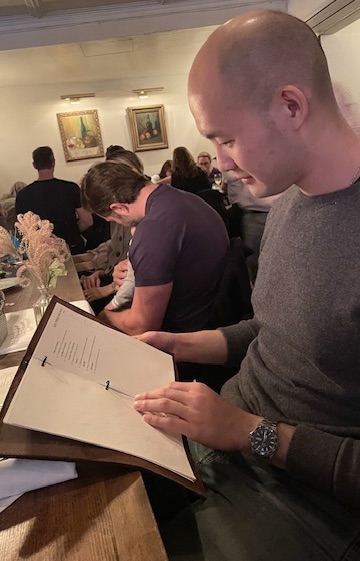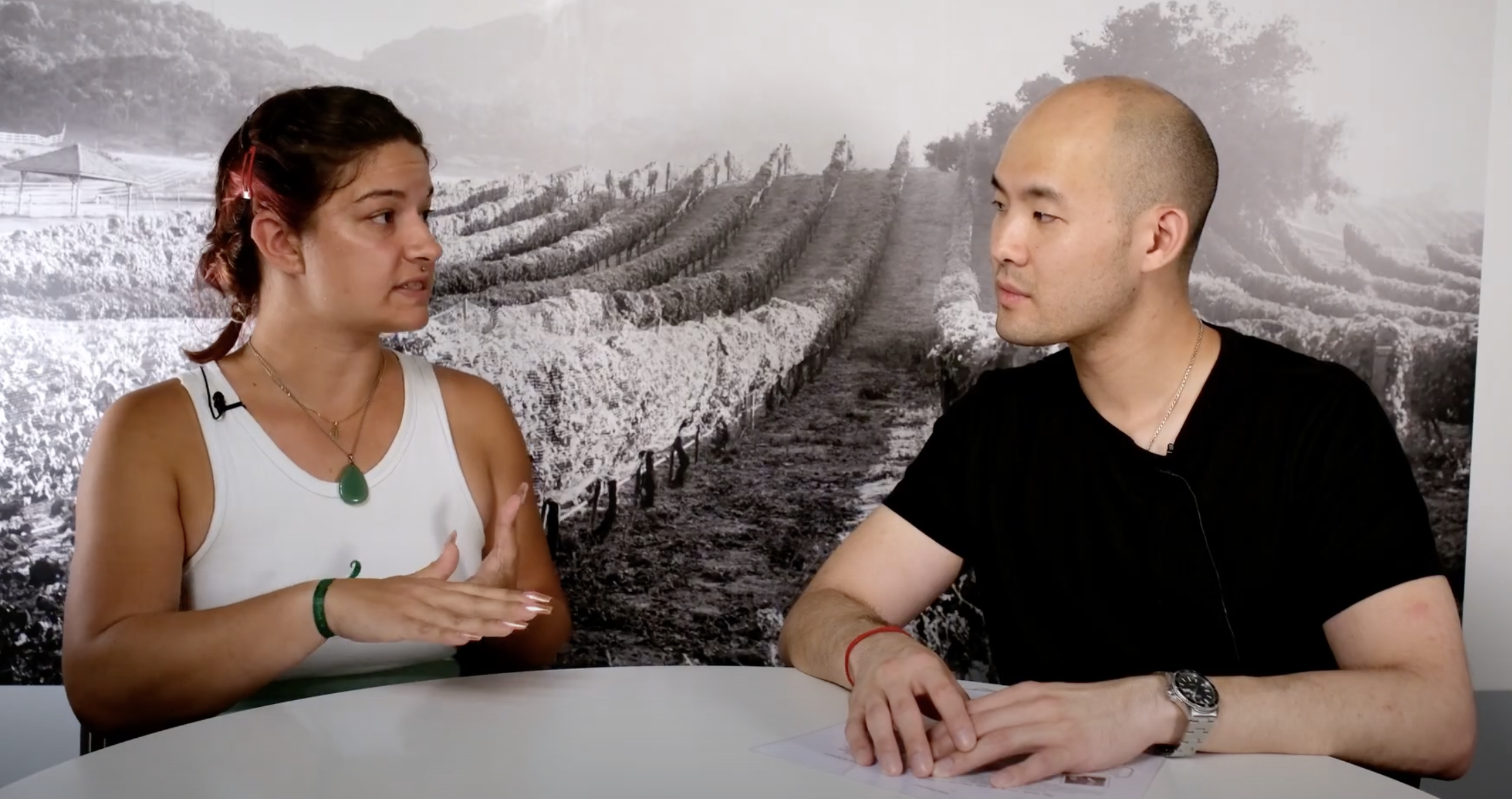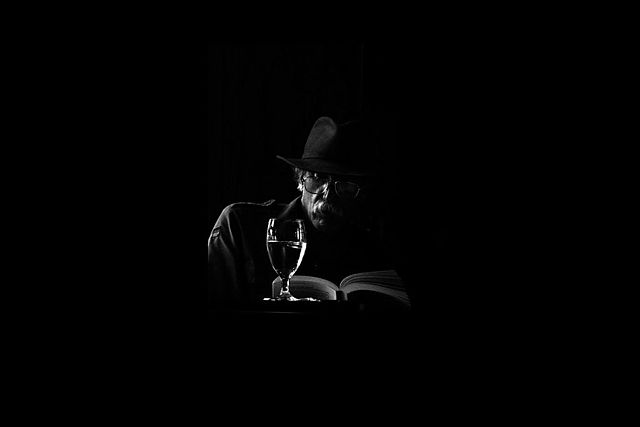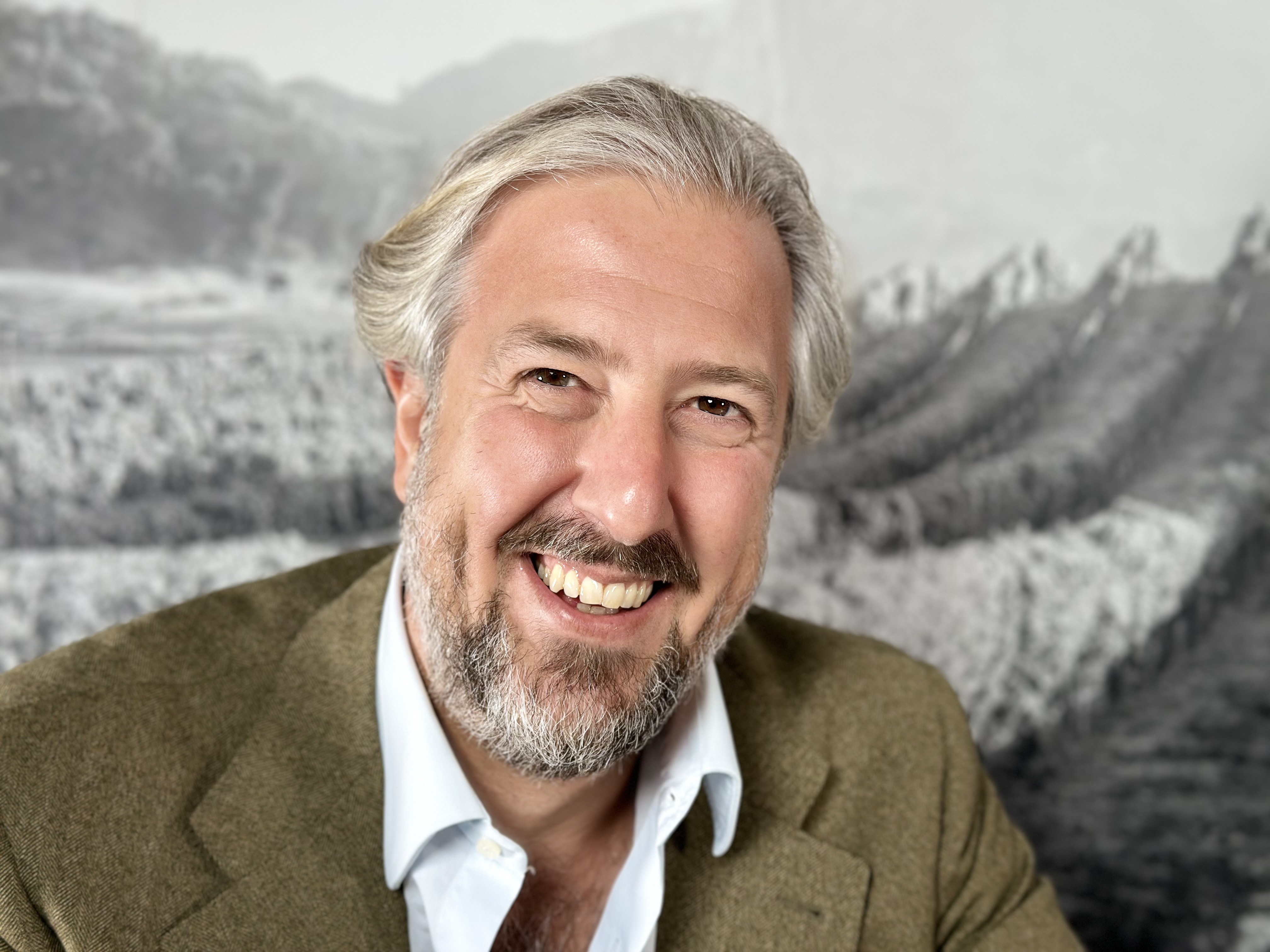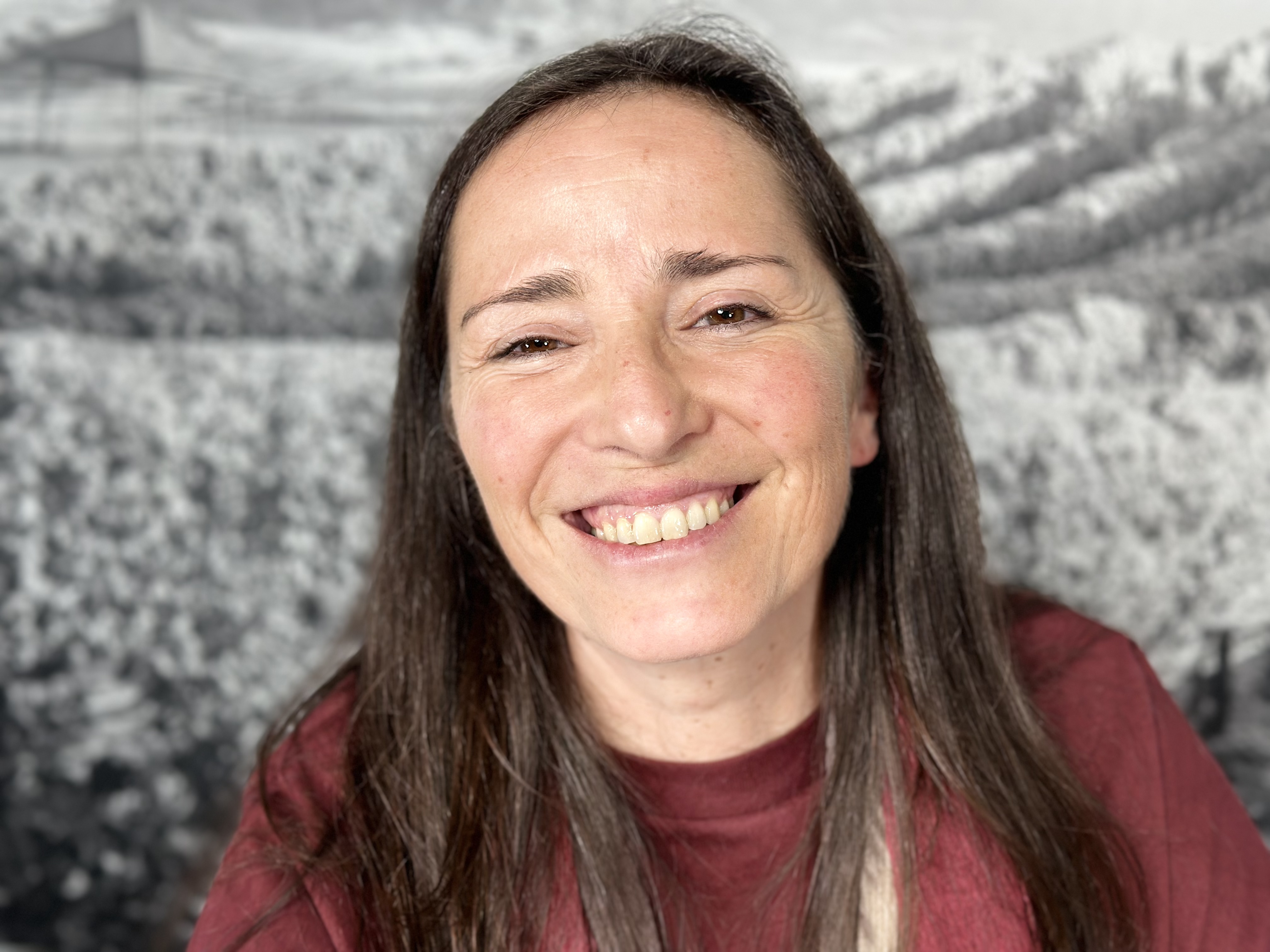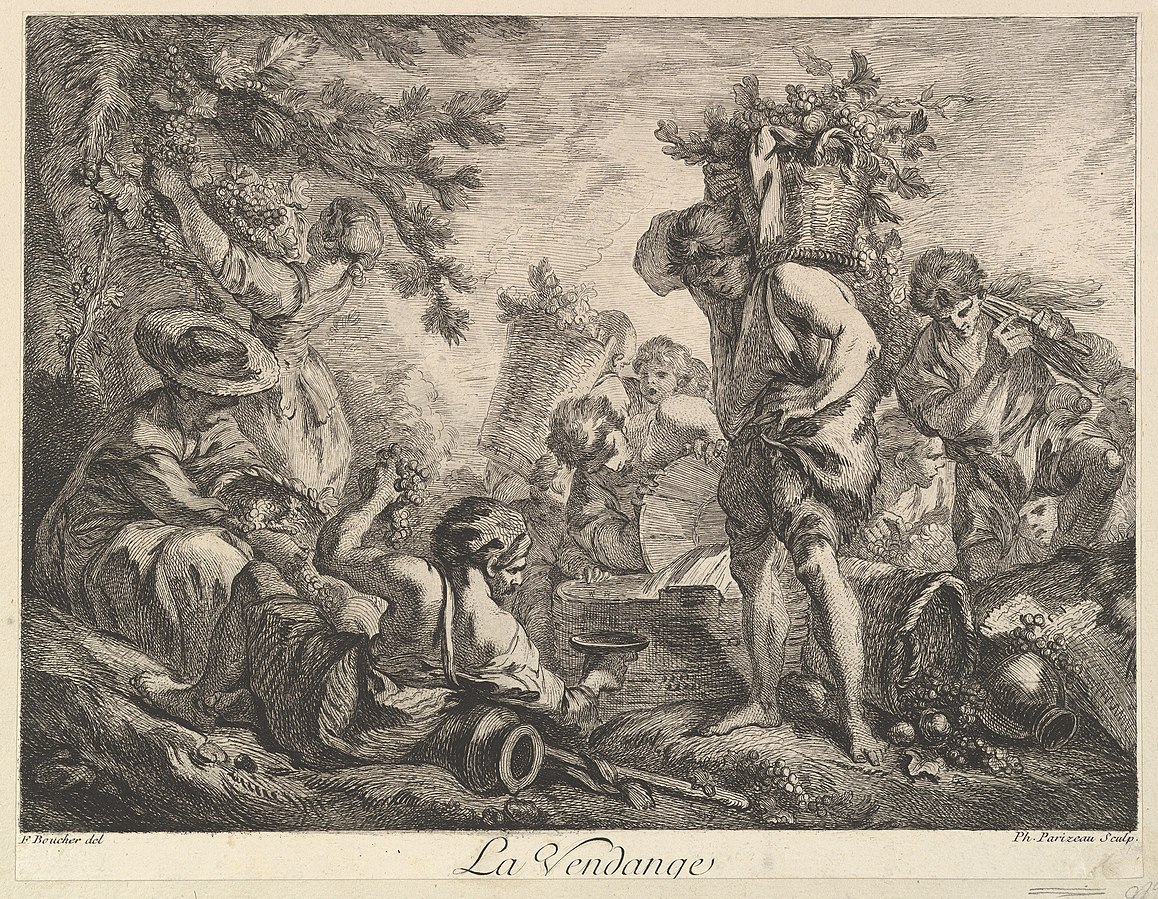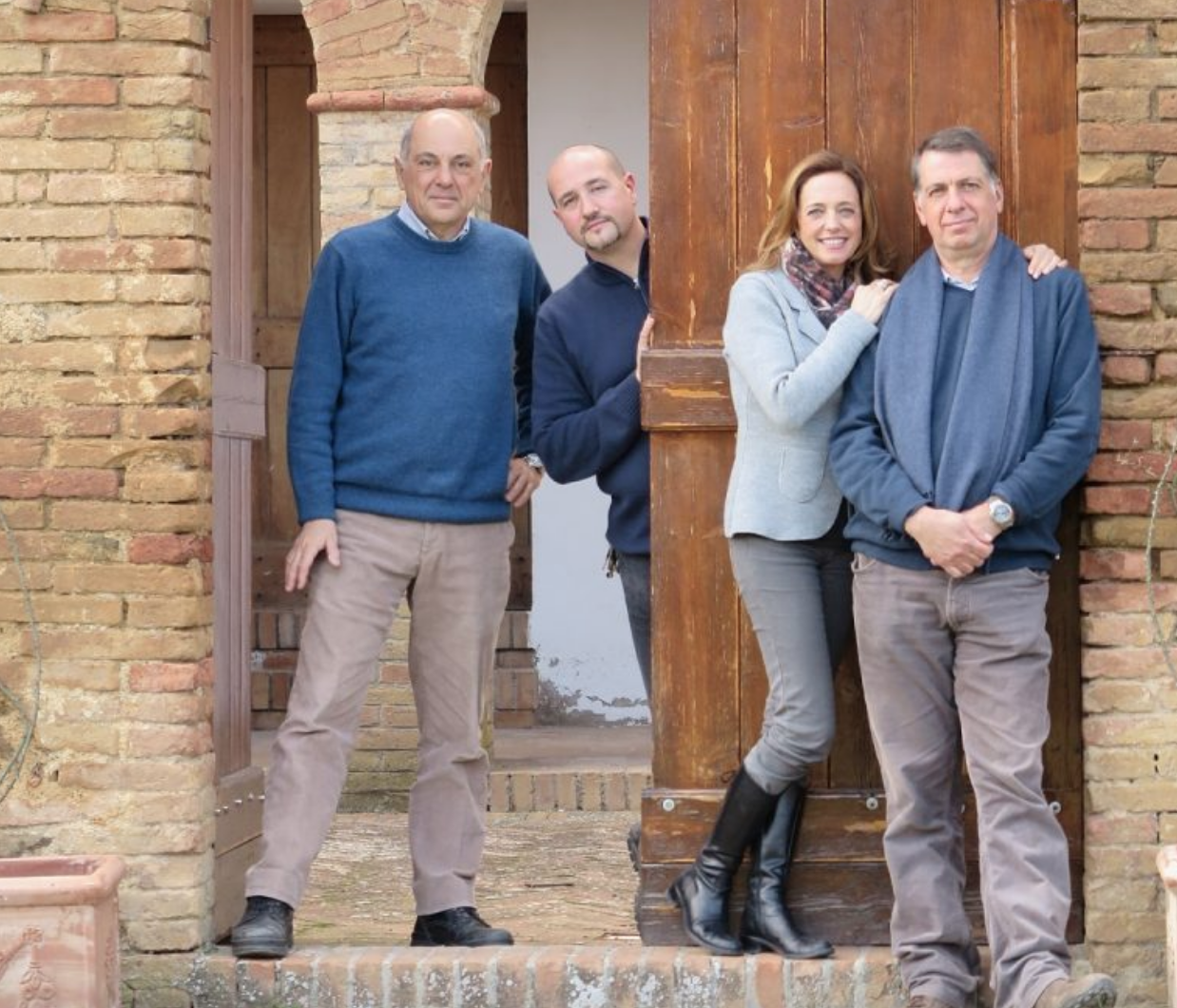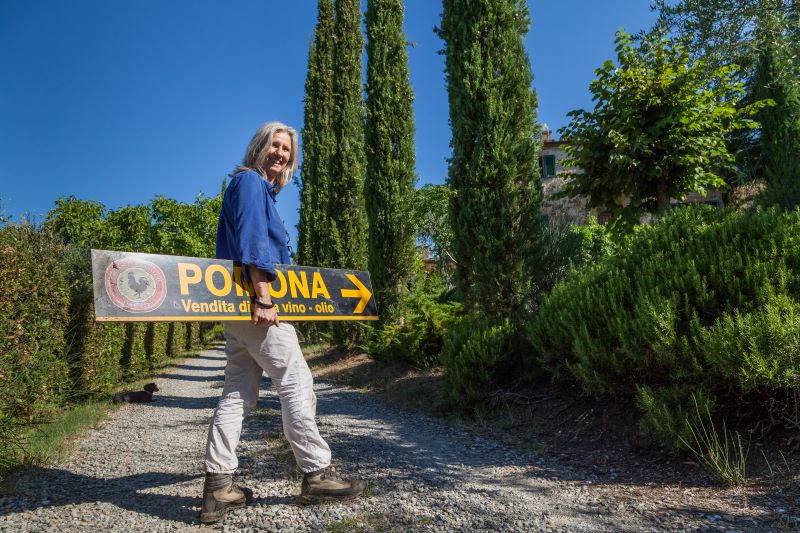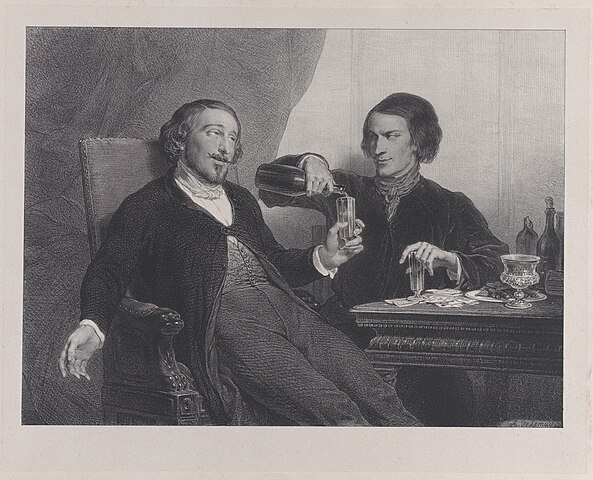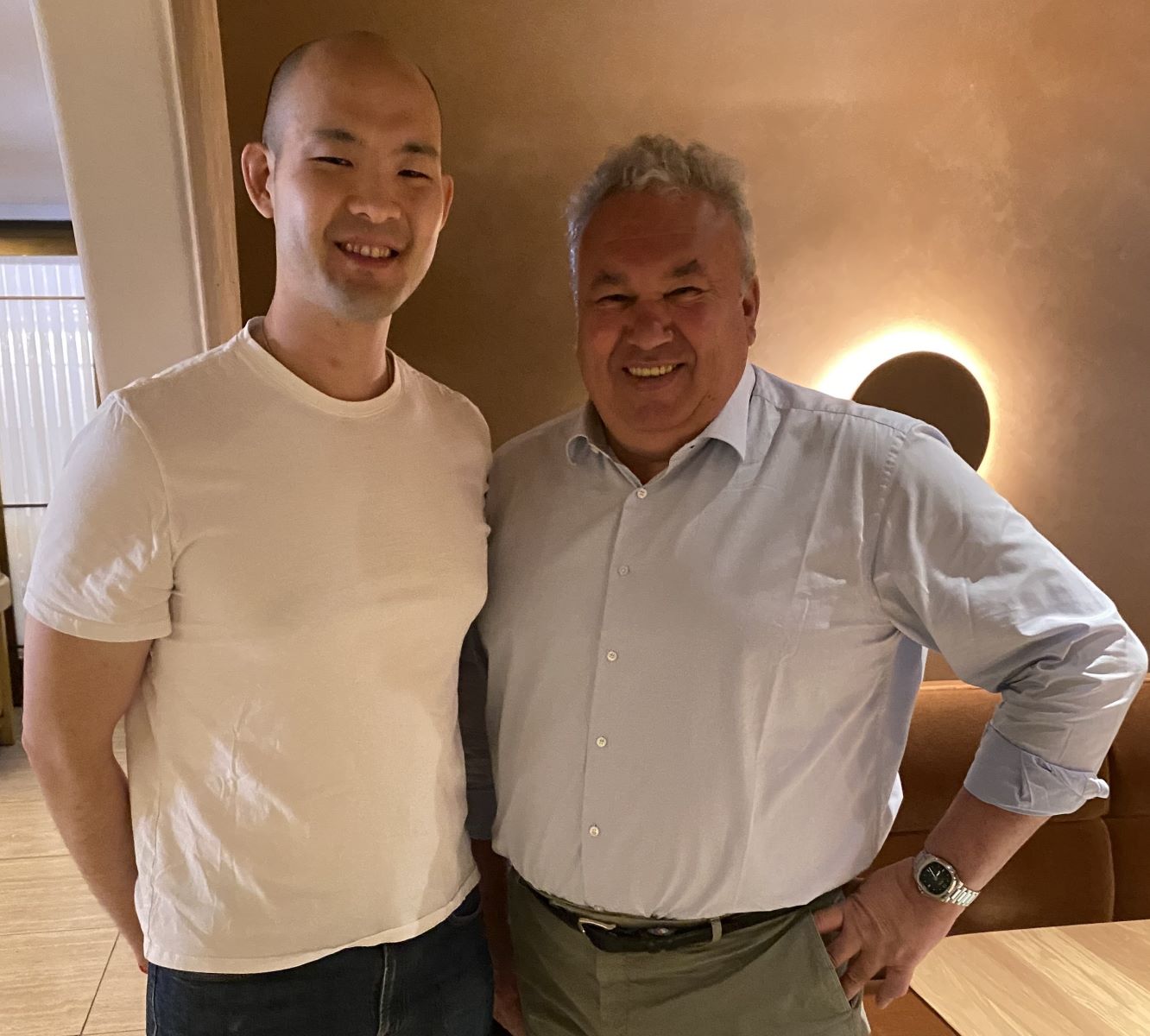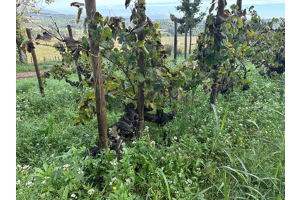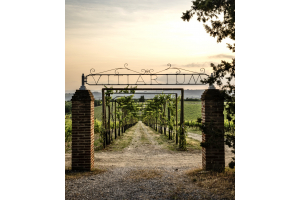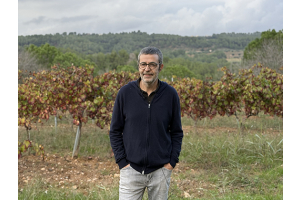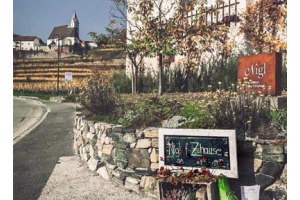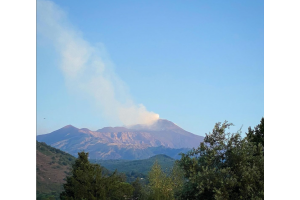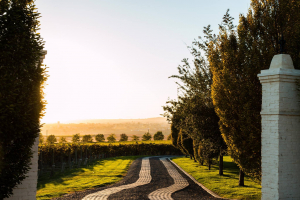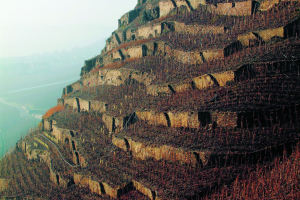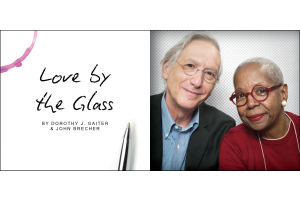To many people, the wines from Sancerre are almost synonymous with the word ‘wine’. Sancerre, for all intents and purposes, is the answer: It’s Friday night and you want to relax? Sancerre. Your friend is hosting a dinner party? Sancerre. Your partner is cooking tonight? Sancerre.
Part of the popularity may be attributable to the easy-to-pronounce name, but it is the generations of families’ and vignerons’ collective experiences that have accumulated to what people enjoy so much from their glasses today. And that is exactly what the Cherrier family are.
Since the 1800s, the Cherrier family has been tending to their land and vines in Sancerre. The entire family, now in its fourth generation, are all involved in wine. Through the knowledge and values learnt from their parents, grandparents, and so forth, they have established a philosophy of applying only the appropriate levels of intervention in the vineyard and cellars. They don’t adhere to any specific regulatory labels, wishing to freely apply techniques that they believe to be in harmony with nature. Even today, they are still growing and changing, adapting to the uncertainties of winemaking.
Grape Collective talks to Delphine Cherrier about her family’s history, vineyards, and philosophy of winemaking.
